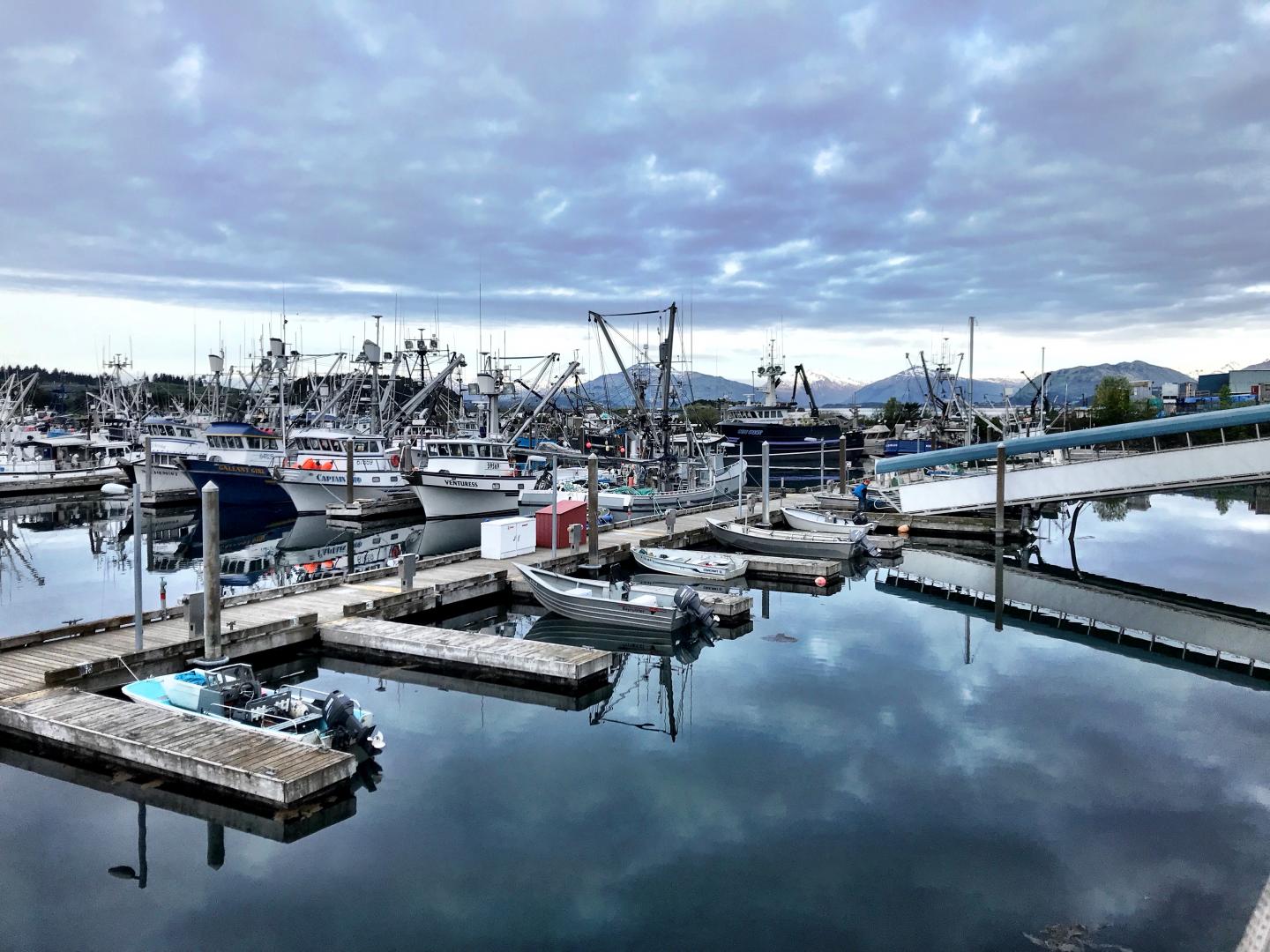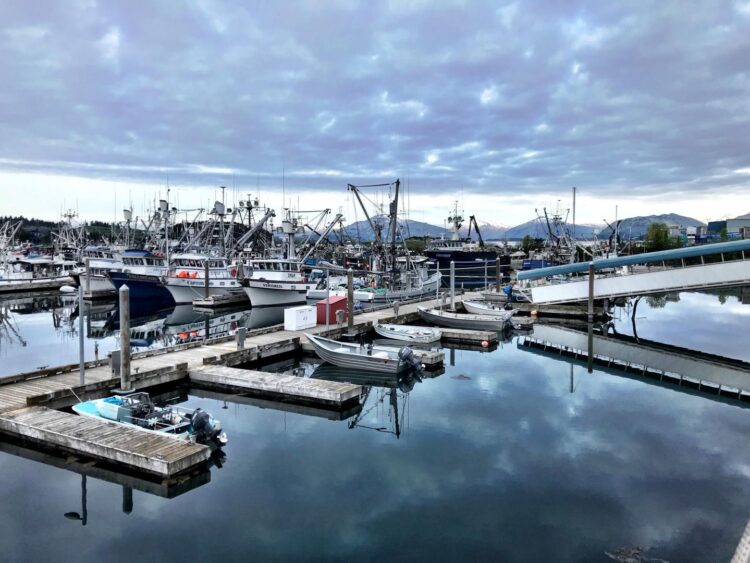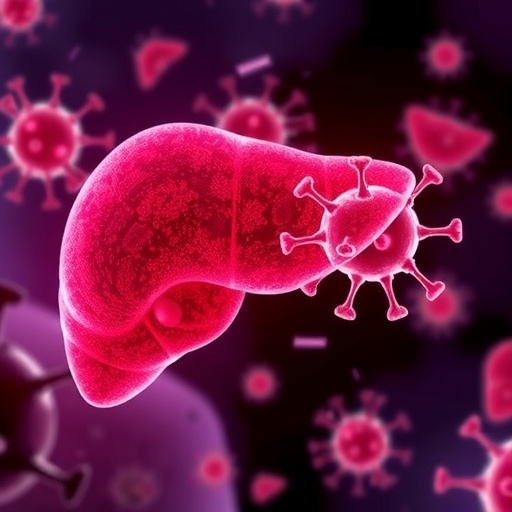
Credit: Chris Anderson/University of Washington
Fish populations tend to do better in places where rigorous fisheries management practices are used, and the more measures employed, the better for fish populations and food production, according to a new paper published Jan. 11 in Nature Sustainability.
The study, led by Michael Melnychuk of the University of Washington’s School of Aquatic and Fishery Sciences, draws upon the expertise of more than two dozen researchers from 17 regions around the world. The research team analyzed the management practices of nearly 300 fish populations to tease out patterns that lead to healthier fisheries across different locations. Their findings confirmed, through extensive data analysis, what many researchers have argued for several years.
“In general, we found that more management attention devoted to fisheries is leading to better outcomes for fish and shellfish populations,” Melnychuk said. “While this won’t be surprising to some, the novelty of this work was in assembling the data required and then using statistical tools to reveal this pattern across hundreds of marine populations.”
The research team used an international database that is the go-to scientific resource on the status of more than 600 individual fish populations They chose to analyze 288 populations that generally are of value economically and represent a diversity of species and regions. They then looked over time at each fish population’s management practices and were able to draw these conclusions:
- In regions of the world where fish and shellfish populations are well studied, overall fisheries management intensity has steadily increased over the past half century
- As fisheries management measures are implemented, fishing pressure is usually reduced toward sustainable levels, and population abundance usually increases toward healthy targets
- If fish populations become depleted as a result of overfishing, a rebuilding plan may be implemented. These plans tend to immediately decrease fishing pressure and allow populations to recover
- If strong fisheries management systems are put in place early enough, then overfishing can be avoided and large, sustainable catches can be harvested annually, rendering emergency measures like rebuilding plans unnecessary
The study builds on previous work that found, by using the same database, that nearly half of the fish caught worldwide are from populations that are scientifically monitored and, on average, are increasing in abundance. The new paper takes a closer look at specific management actions and how they have impacted fishing pressure and the abundance of each population examined, Melnychuk explained.
“All fish populations have their own unique contexts that might dictate what management tools would be most helpful and promising to use,” he said. “Despite the great diversity in their management objectives and various strategies to meet those, we focused on key management tools in common to many fisheries around the world.”
The international research team chose to look at a spectrum of fish populations, such as hakes in South Africa and Europe, orange roughy in New Zealand, tuna species on the high seas, anchovies in South America and scallops off the Atlantic coast of North America. Most of the populations they examined had a history of being depleted at some point, usually due to historical overfishing.
For example, with U.S. mid-Atlantic population of black sea bass, a rebuilding plan instituted in 1996 brought fishing rates down from three times the sustainable level to below this mark, which led to a steady rebuilding of the fishery and full recovery by 2009.
“Fishers targeting black sea bass in the northeastern U.S. are finally reaping the rewards of harvest caps that allowed the population to rebuild,” said co-author Olaf Jensen of the University of Wisconsin–Madison. “The 2020 catch limit of more than 6,000 tons is the highest since catch limits were first imposed more than 20 years ago.”
This analysis omits fisheries that lack scientific estimates of population status, even though these account for a large amount of the world’s catch. These include most of the fish populations in South Asia and Southeast Asia — fisheries in India, Indonesia and China alone represent 30% to 40% of the world’s catch, most of which is essentially unassessed. Although fisheries in these regions could not be included in the analyses, the paper’s authors conclude that lessons learned can equally apply to data-limited fisheries: Greater investment in fisheries management systems is expected to lead to better outcomes for the fish populations upon which our fisheries are based.
###
A full list of paper co-authors is available in the paper. This research was funded by The Nature Conservancy, The Wildlife Conservation Society, the Walton Family Foundation and a consortium of Seattle fishing companies.
For more information, contact Melnychuk at [email protected].
Media Contact
Michelle Ma
[email protected]
Related Journal Article
http://dx.





